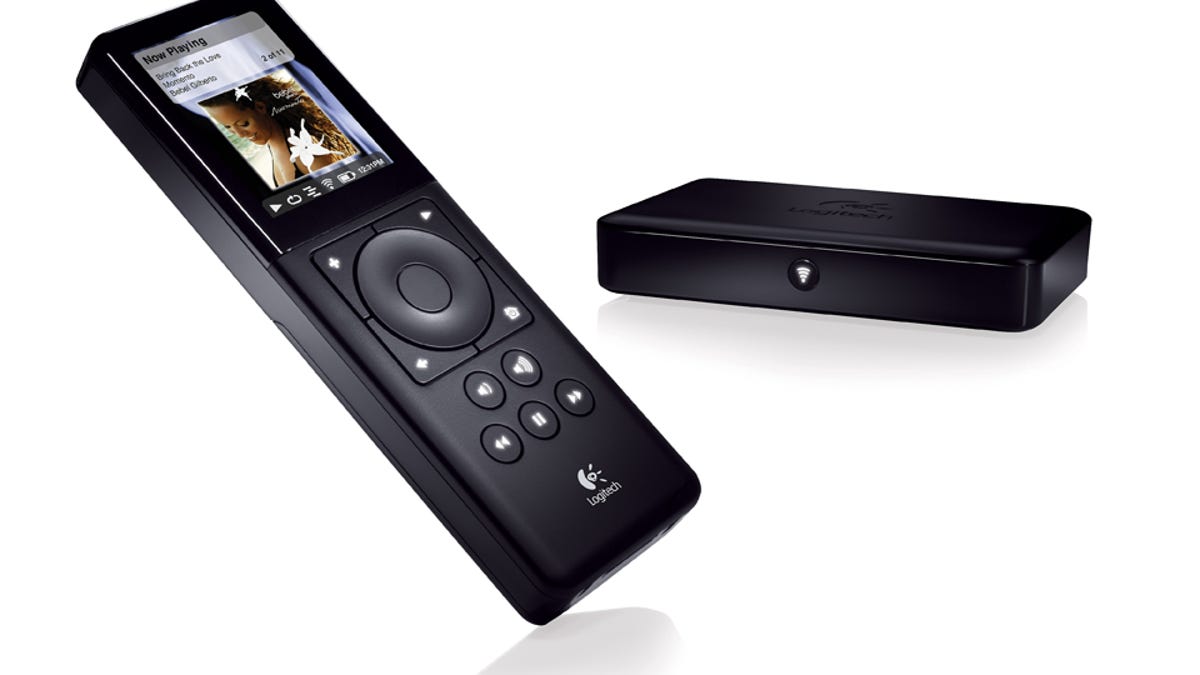Logitech's Squeezebox Duet: Sonos for the masses?
The next-gen version of Slim Devices' home digital music streamer adds an iPod-like handheld remote.

Digital audio is great--especially if you've got a multigigabyte music collection sitting on your computer or you subscribe to an "all you can eat" music service like Rhapsody. The problem, for a lot of people, is that they're stuck listening to all that great music on the tinny speakers of their computer--or perhaps patching the laptop into their living room stereo system. Dedicated audio streamers have helped somewhat, but they have tiny little screens, which--like docked iPods--aren't very useful if you're sitting on a sofa across the room. And the best solution to date--the excellent
The Duet is so named because it's a two-part system: a base station and the remote. The base station is a nondescript black brick that pulls audio from a networked PC or the Internet via your Wi-Fi or Ethernet home network, and outputs to your stereo from its analog or digital (coaxial or optical) jacks. But the real innovation is the remote: beyond the ten buttons controlling standard functions (volume, play/pause, track forward/reverse), it features an iPod-like scrollwheel and a brilliant 2.4-inch color LCD screen. That puts the song navigation where it belongs: in your hand, instead of a small LCD readout halfway across the room. (A charging cradle for the remote is also provided, so it can juice up while not in use.)
Aside from the much improved ergonomics and design, the Duet keeps much of the same under-the-hood technology found in earlier
Logitech provided a behind-closed-doors demo of the Squeezebox Duet to CNET a few weeks ago, and we liked what we saw. It's a solid upgrade of the

